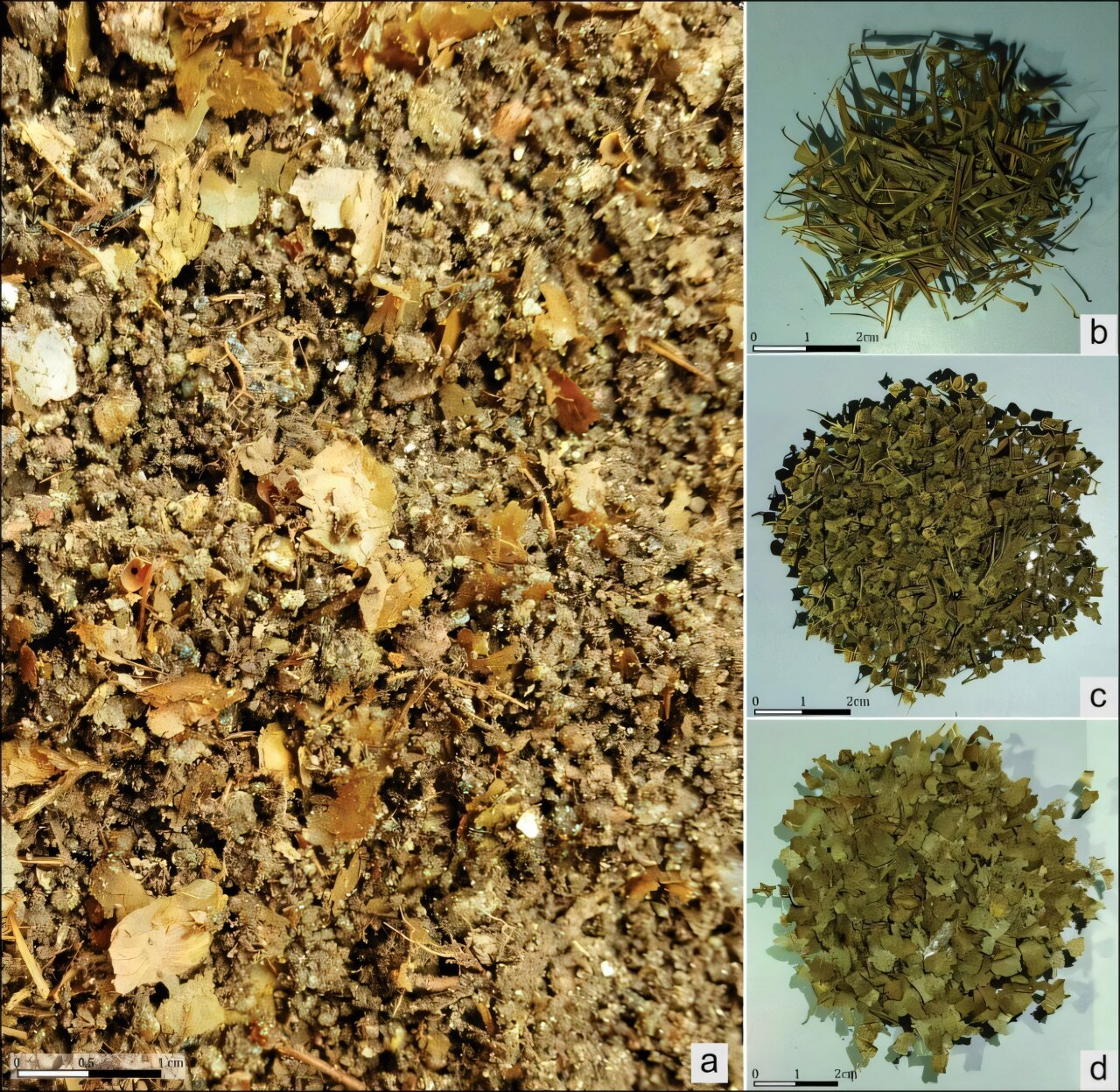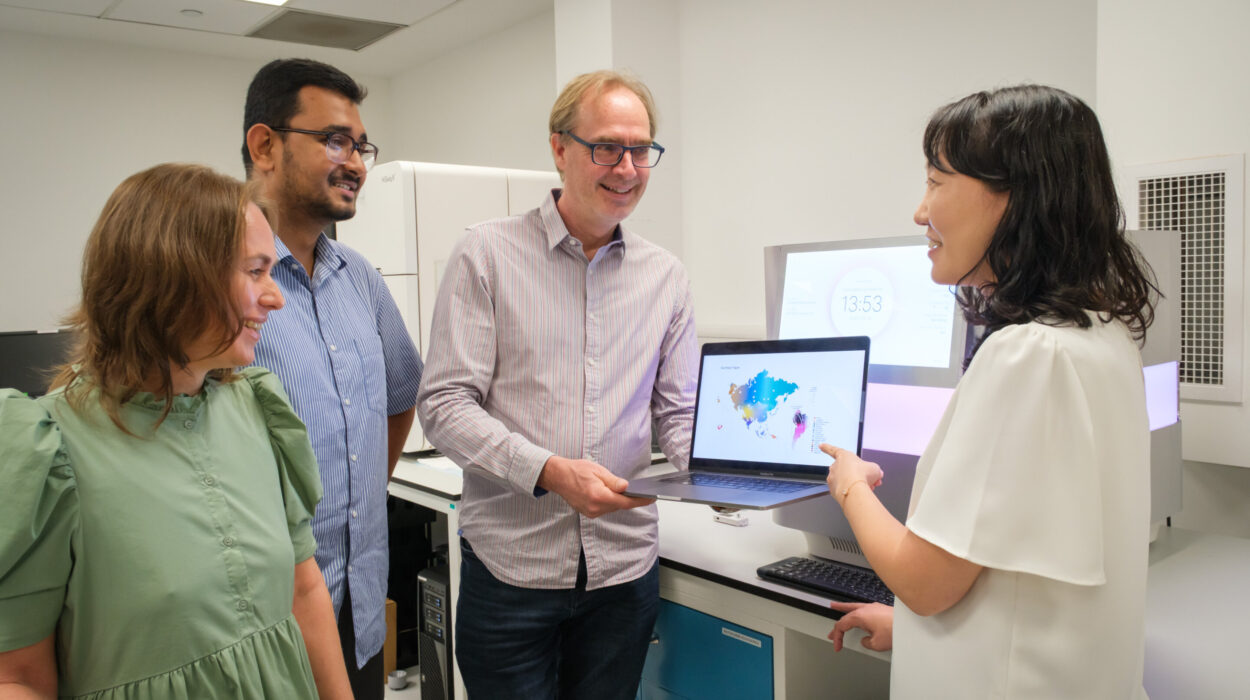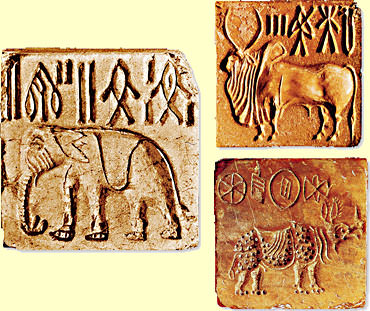Beneath the coastal soil of northwest Spain, tucked away in the ruins of an ancient Roman fish-salting plant, scientists have uncovered a story that begins not with empires or emperors—but with the bones of fish, long ground into paste.
These aren’t just any fish bones. They come from the remnants of garum, the pungent, protein-rich condiment beloved across the Roman Empire. A staple of Roman cuisine, garum was a fermented fish sauce crafted from salted and crushed fish left to decay under the Mediterranean sun. To modern palates, it might sound unappetizing, but to ancient Romans, it was culinary gold. They drizzled it on everything—from vegetables to meat to desserts—and traded it across thousands of miles.
Now, a team of multidisciplinary researchers, including archaeologists, geneticists, and molecular biologists, has pulled ancient DNA from these fishy remains, using cutting-edge sequencing methods to identify species that had long been reduced to an unrecognizable mash. Their findings, published in the journal Antiquity, don’t just unlock new secrets about ancient food—they establish a powerful tool for identifying animal remains too degraded for the naked eye.
Secrets from a Broken Bone
For decades, archaeologists have unearthed bones from Roman-era fish salting vats, known as cetariae. Found along the coasts of ancient Hispania (modern-day Iberia) and Tingitana (modern-day Morocco), these sites were once industrial hubs for producing garum and other fish-based pastes and sauces. But the bones they left behind were often crushed, brittle, and burned by time and fermentation.
“Fish bones are a frequent find in the archaeological record of the Roman period,” says Dr. Paula F. Campos, corresponding author from CIIMAR, Universidade do Porto. “Yet their use in archaeogenomic studies is residual, probably due to the fragmentary nature of remains, which makes identification to species or even genus difficult.”
That difficulty stems from the brutal preparation process. Fish destined for garum weren’t treated gently—they were gutted, salted, and crushed before being submerged in brine for weeks. The environment within these vats was hostile to DNA: salt, bacteria, and time combined to erase most biological markers.
But Dr. Campos and her team were undeterred.
A Molecular Time Machine in Northwest Spain
Their focus was the cetaria at Adro Vello, a significant Roman site on the Galician coast of Spain. Working with the Archaeology Department of the University of Vigo, the team extracted genetic material from fish bones buried deep in ancient fermentation vats. Most would have written them off as too degraded. But against the odds, something remained.

Using next-generation DNA sequencing, the scientists reconstructed fragments of genetic code. These ancient traces were then compared to the DNA of modern sardines. What they found was astonishing: a clear genetic match. The sardines used by the Romans two thousand years ago were remarkably similar to those still swimming the Galician coast today.
It’s a moment of genetic continuity that stretches across centuries of storms, migrations, and empire.
Rewriting the Rules of Archaeological Identification
While the sardine finding itself is fascinating, the true breakthrough lies in the method. The study proves that even in environments specifically designed to break down organic material—like salty, fermenting brine—DNA can survive. And more importantly, it can still be read.
“In this study, we demonstrate that usable DNA can survive in fermentation environments, such as the brines used by the Romans to make garum,” Dr. Campos explains. “Despite enduring conditions that promote the degradation of DNA, the methods we outline allow for the identification of species from these processed bones.”
This approach opens a new frontier for archaeologists. Until now, animal identification in ancient food remains has relied heavily on visual characteristics of bones. But when those bones are broken, scorched, or dissolved—as is often the case in cooking pits or processing facilities—the evidence vanishes.
Now, with this DNA method, scientists have a new key to unlock those lost stories.
From Empire to Genomics: A Taste of the Past
It’s easy to think of ancient cuisine as something distant, unrecognizable. But this study offers a surprising connection between past and present. That sardine in your modern paella? Its ancestors were likely swimming the same waters, being salted in the same ways, in vats operated by Roman workers speaking Latin.
Garum wasn’t just a condiment—it was an empire-wide industry. Its long shelf life made it ideal for transport. Amphorae packed with fermented fish sauce traveled from the coasts of Hispania to markets in Rome, Athens, and even the far reaches of Britannia. The fish themselves came from local sources, salted and crushed in massive vats that still survive in the stone foundations of ancient workshops.
With DNA sequencing, researchers can now ask and answer questions that were once thought unapproachable. Were certain species preferred in different regions? Did the ingredients of garum vary with trade routes, climate shifts, or political changes? Could local extinctions or fishing patterns be traced by studying the sauces left behind?
The possibilities are as vast as the Roman Empire itself.
The Future of Ancient Foods
This study marks a turning point in archaeogenomics—the merging of archaeology and genetic science. By applying high-tech tools to ancient food remains, researchers can learn more not just about what people ate, but about trade networks, economies, migration, and environmental change.
More importantly, it shows that even the humblest scraps—a few broken fish bones, long stripped of flesh—can carry the genetic memory of a civilization.
As our tools grow sharper, so too does our ability to read the stories written in stone, shell, and bone. And in this case, those stories come with a hint of salt, a splash of brine, and the lingering scent of garum wafting through the centuries.
Reference: Gonçalo Espregueira Themudo et al, Roman Atlantic garum: DNA confirms sardine use
and population continuity in north-western Iberia, Antiquity (2025). DOI: 10.15184/aqy.2025.73. doi.org/10.15184/aqy.2025.73






